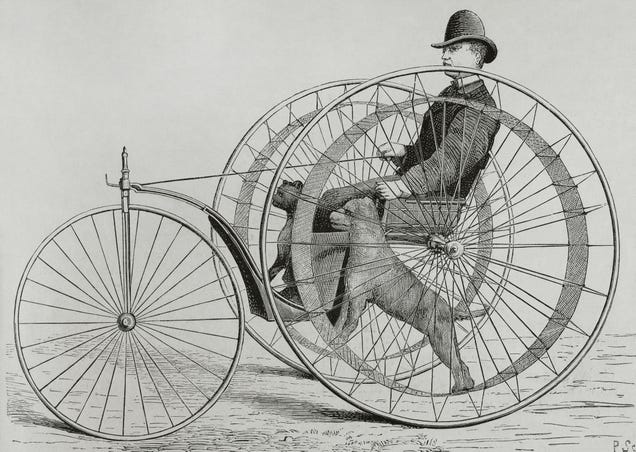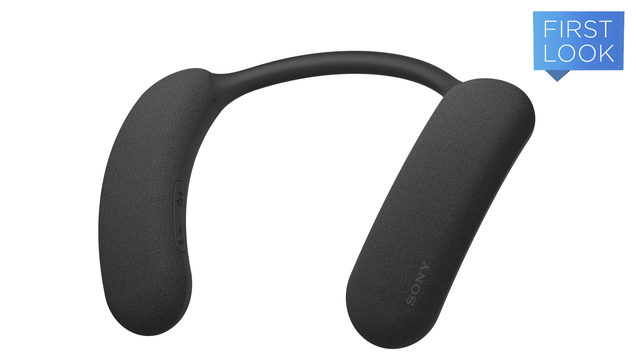
In 2004, our founders wrote that we were not a conventional company and never intended to become one. In that same letter, they set a vision for philanthropy that would contribute significant resources and Googler time to help solve the largest of the world’s problems. Out of that tall order, we created Google.org. With other teams at Google, we’ve donated over $1.5 billion since 2005. Also, over the past four years, our Googlers have logged more than 1 million volunteer hours.
Since then we’ve had the privilege to partner with hundreds of organizations and nonprofit leaders from nearly every corner of the globe. When choosing our grantees, we look for new thinking on how to tackle all sorts of challenges—like closing global education gaps, using data science to improve criminal justice and supporting communities when disaster strikes.Importantly, we also look for organizations that are testing their effectiveness and sharing results transparently with the broader sector to increase understanding of what works.
As we celebrate Google’s 20th year anniversary this month, we’re recognizing the accomplishments of one of those organizations, where the impact of an investment that we made years ago is just coming to fruition.
In 2012, I met GiveDirectly co-founders Michael Faye and Paul Niehaus, who had a thought-provoking idea: what if it’s more effective to give money directly to individuals instead of through philanthropic programming? Enabling beneficiaries to have more of a voice in how to spend aid is not only more empowering, Faye and Niehaus thought, it can be more efficient.
The question sparked the beginning of a multi-year partnership. Since 2012, Google.org has provided $6 million to support unconditional direct cash transfers that benefit people in need and to research the impact of GiveDirectly’s approach. We’ve also had Googler volunteers provide services from engineering help to serving on their board of directors. In 2014, we joined USAID in funding GiveDirectly to study two methods to reduce malnutrition in Rwanda: providing cash directly to people who can choose how to spend it or using the same amount of funding on programs pertaining to water, sanitation, and hygiene and nutrition.
Last week, researchers released the findings. This study found that large cash transfers (~$530 per household) had a meaningful and significant effect on reducing malnutrition while small cash transfers or the tailored programming did not. With more cash, families could expand their children’s nutritional intake, improve the quality of their homes and pay down debt.
This research highlights the importance of evaluating different approaches to solving big problems: weighing the monetary value of cash transfers against the cost of developing other programs to tackle the issue. This evaluation framework is now being used by USAID in several studies. Along with GiveDirectly’s leadership, we hope that these types of studies will help other organizations identify the most effective ways of creating a better world, faster.
We admire GiveDirectly’s willingness to put forward big ideas and work with us to expand our understanding of how we can use capital and technology to support great leaders to improve social outcomes.








